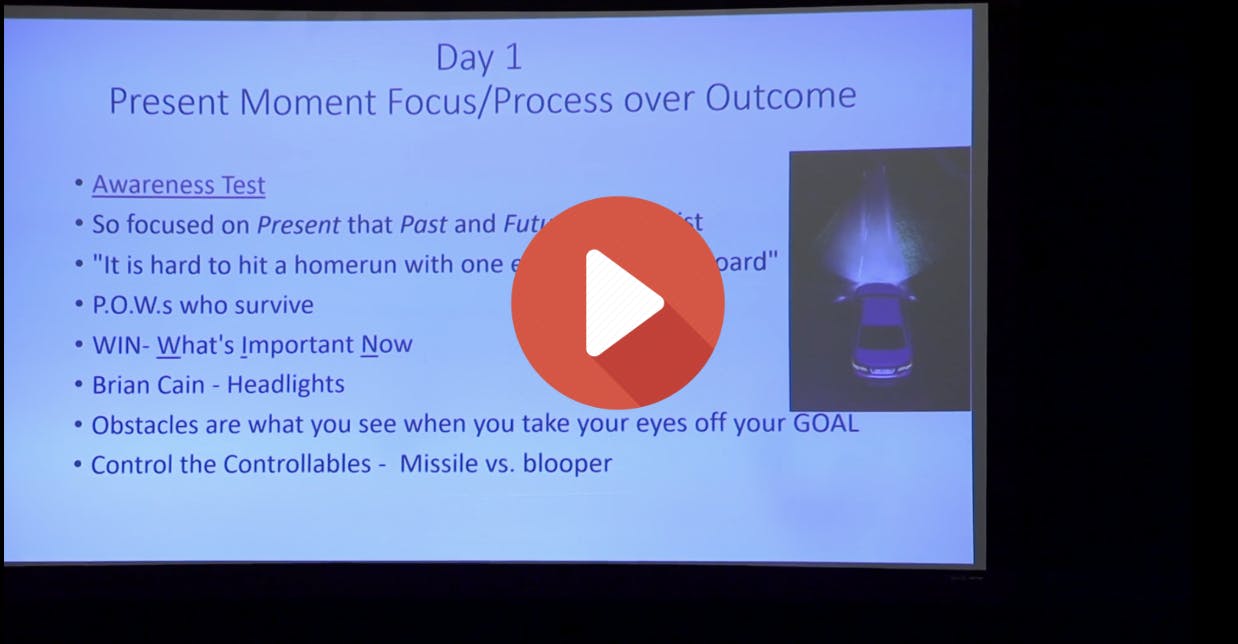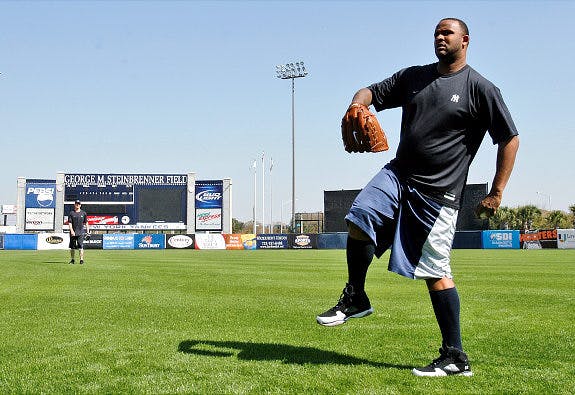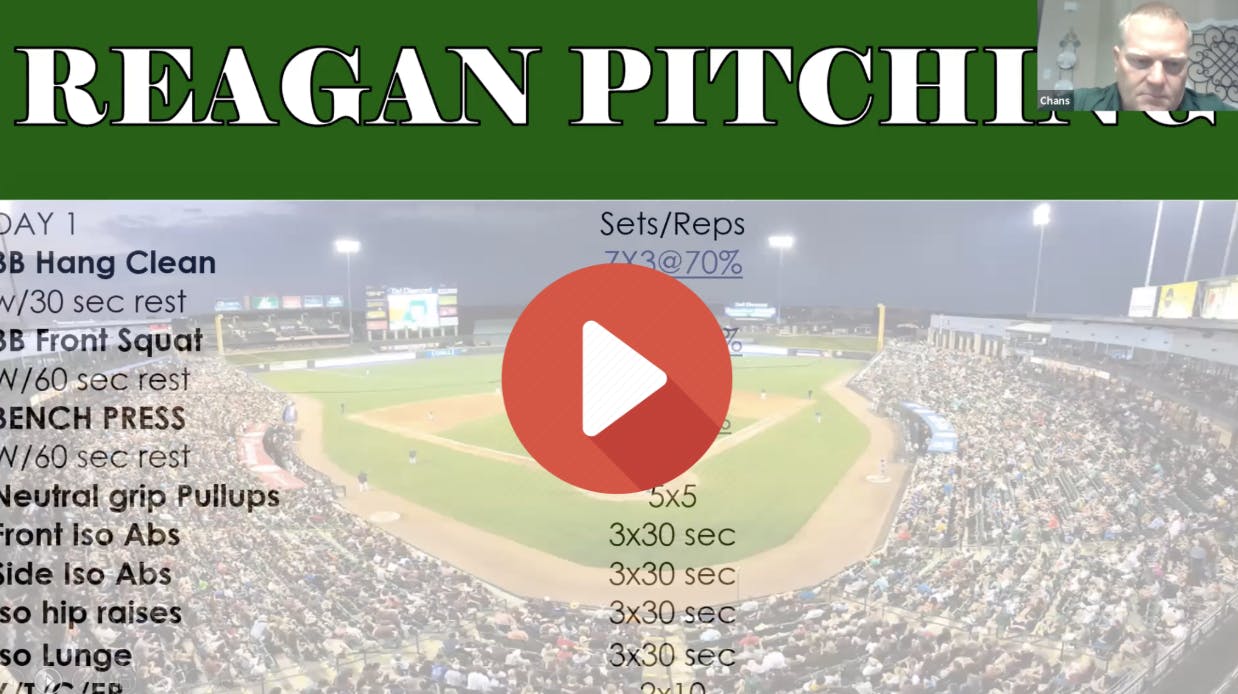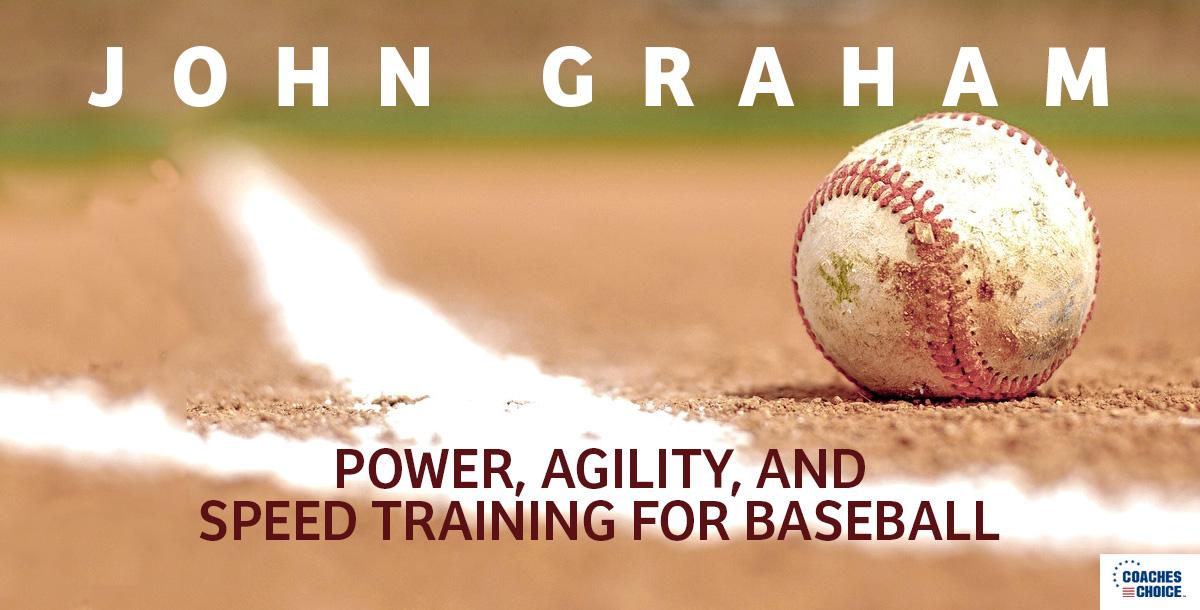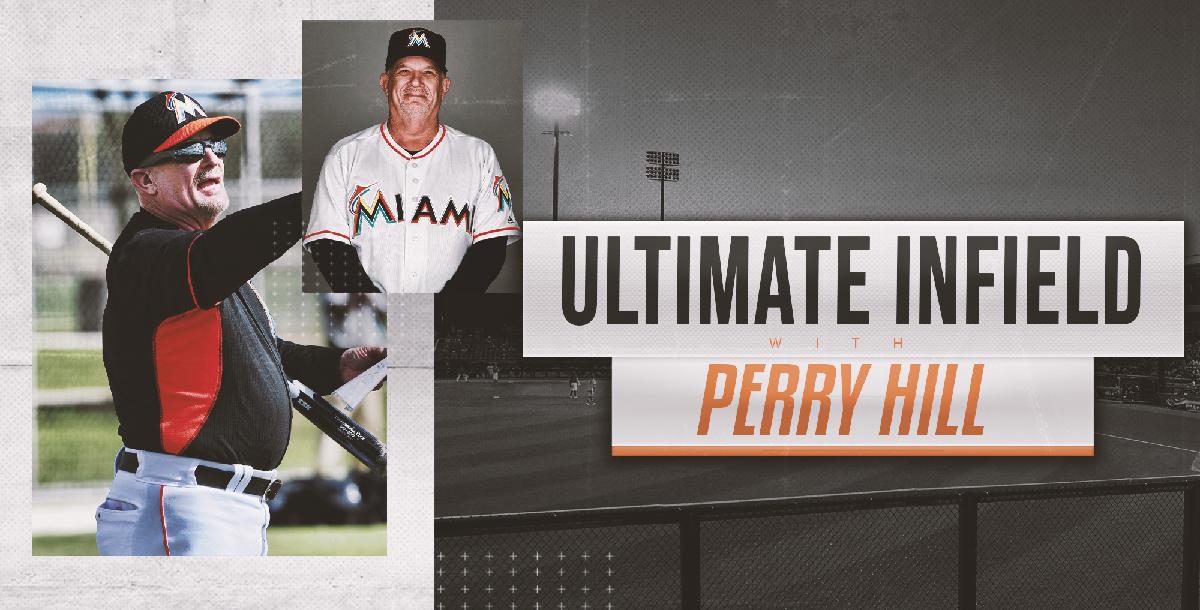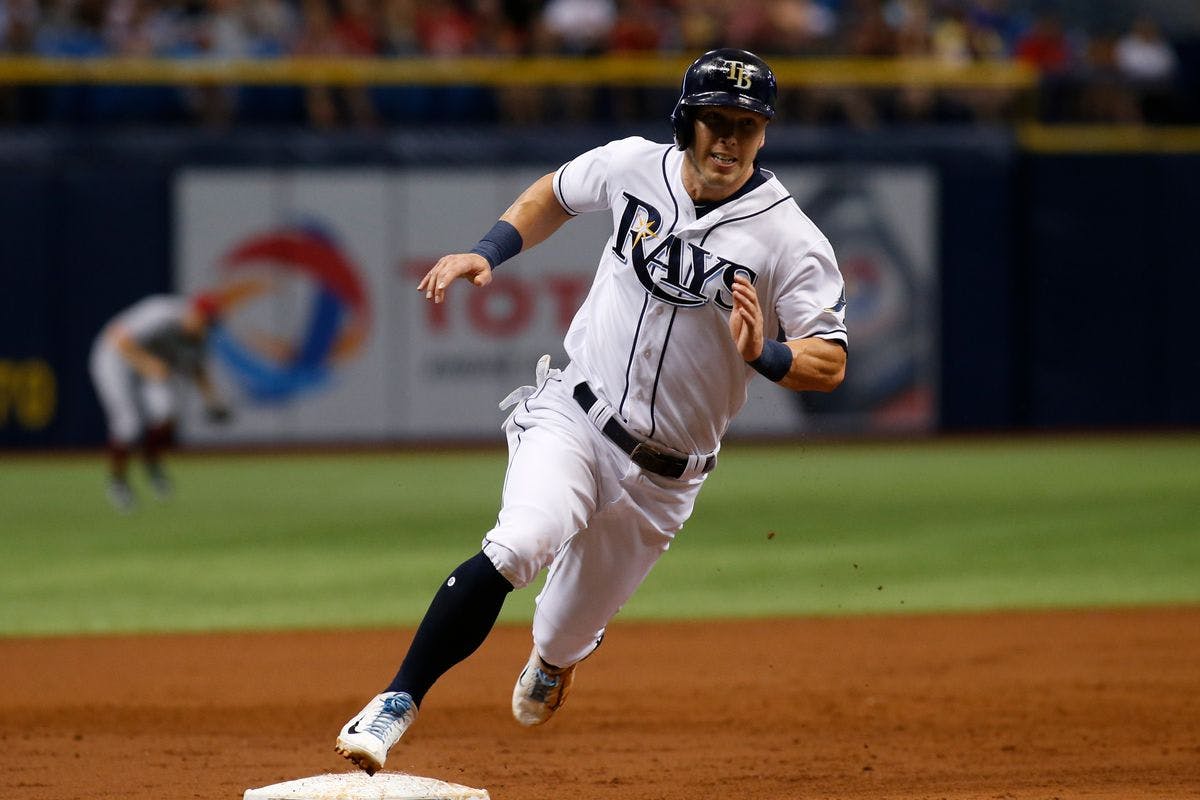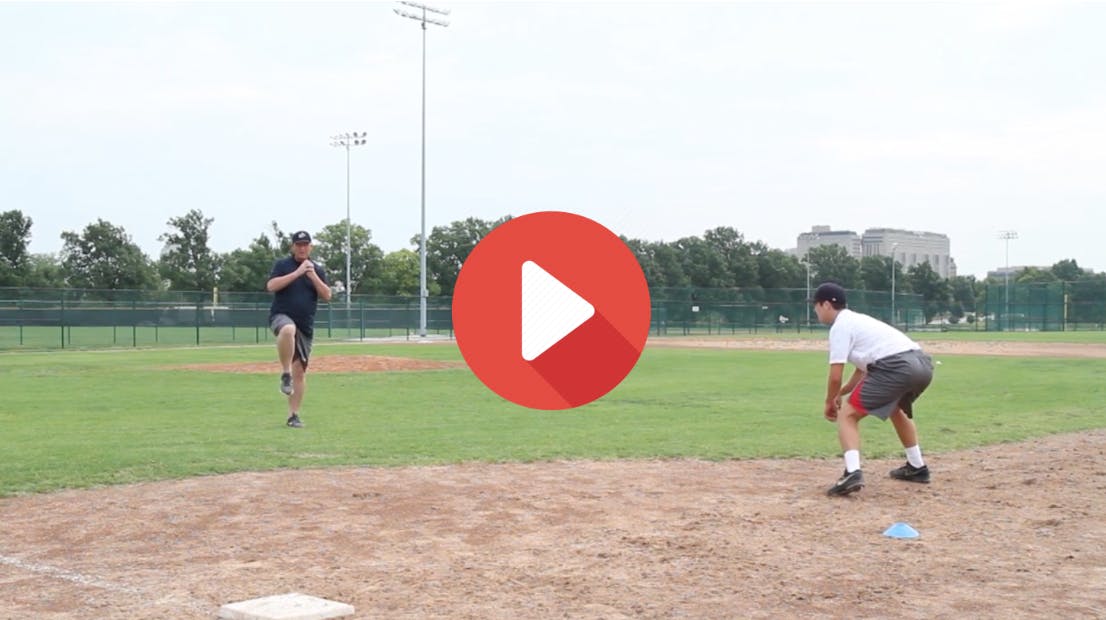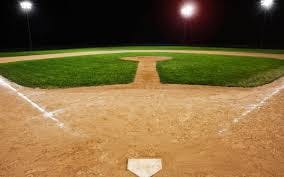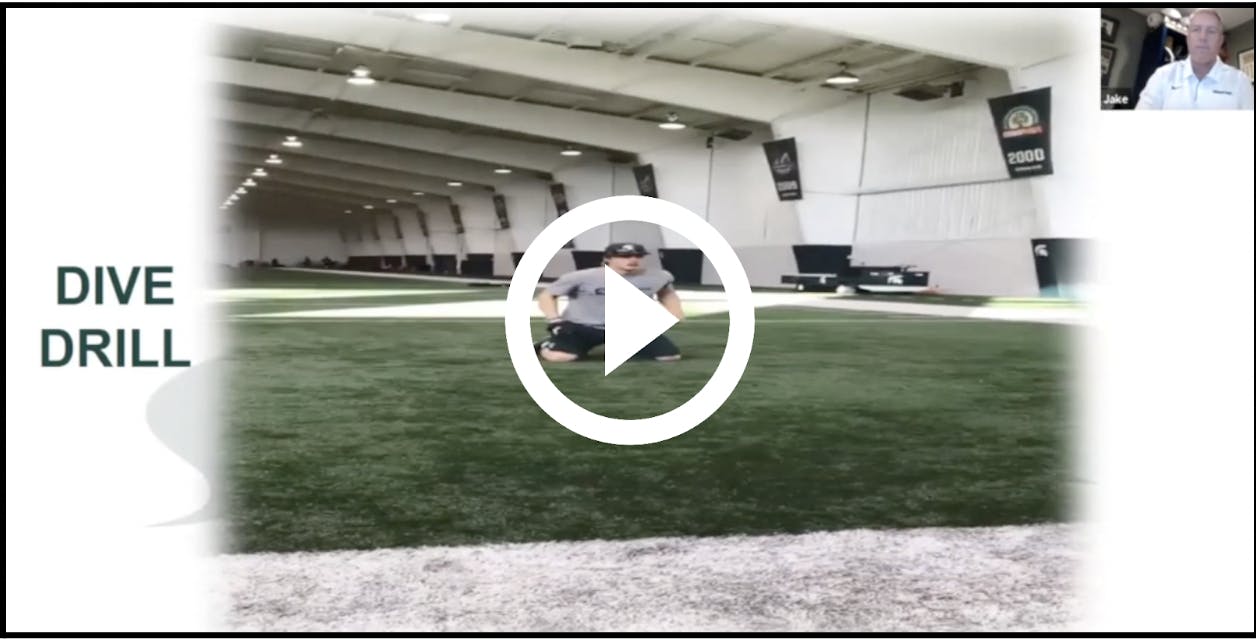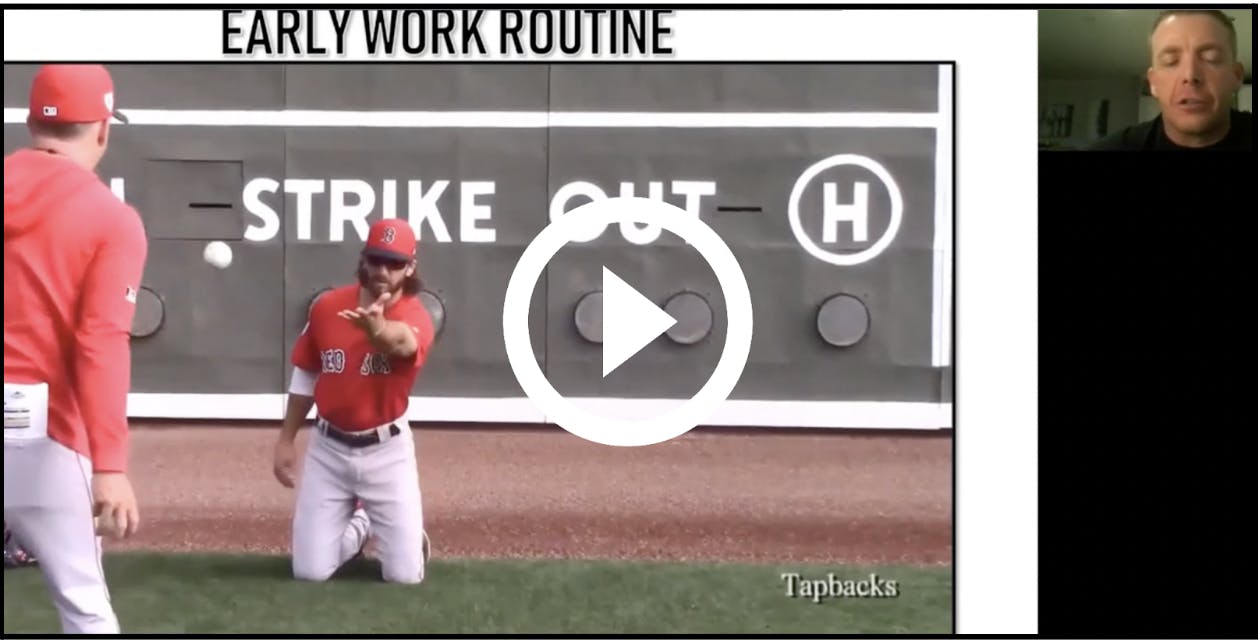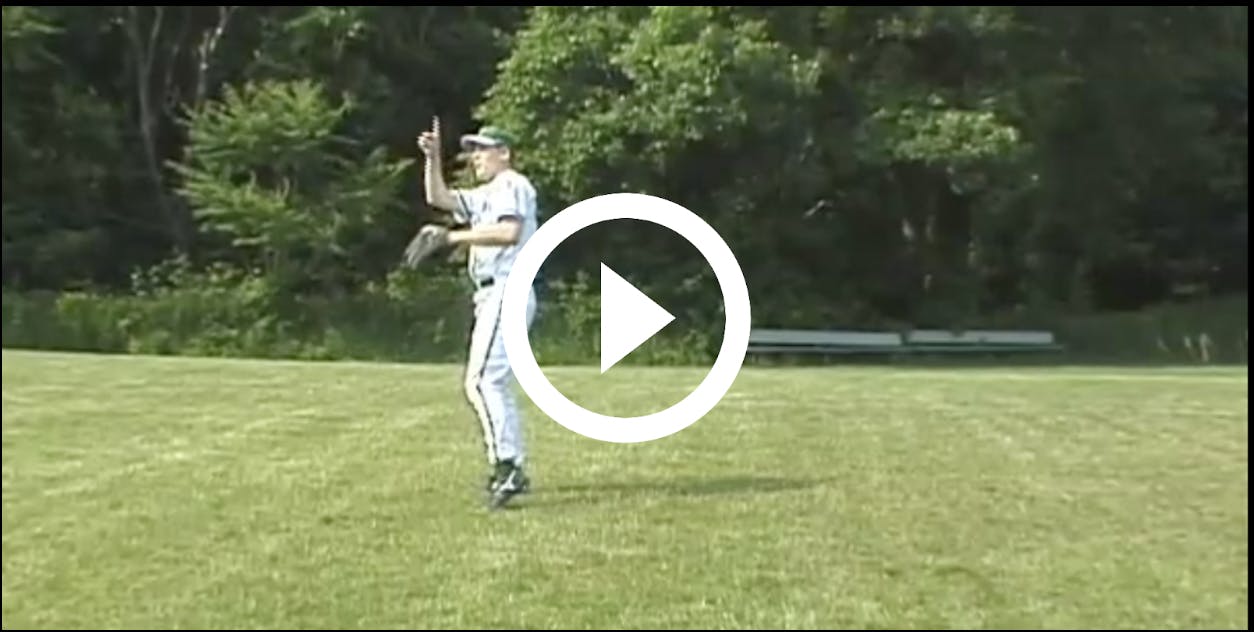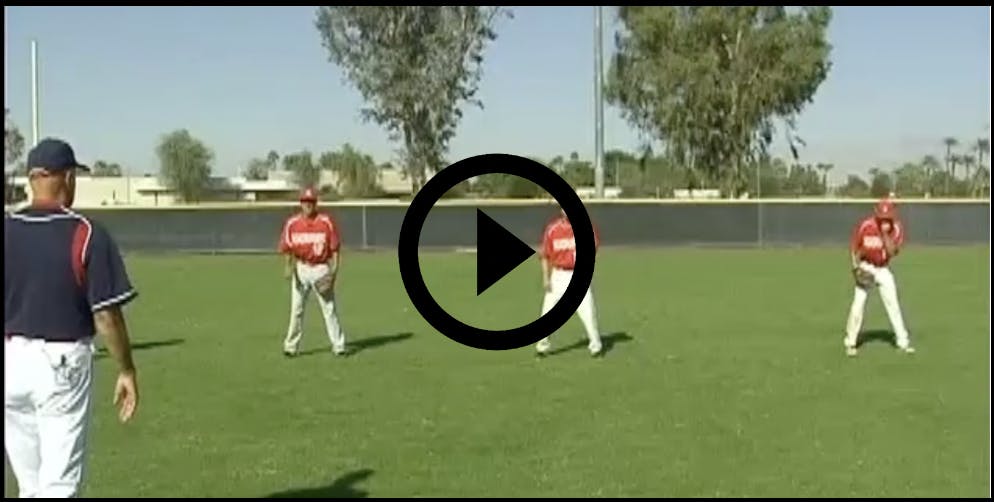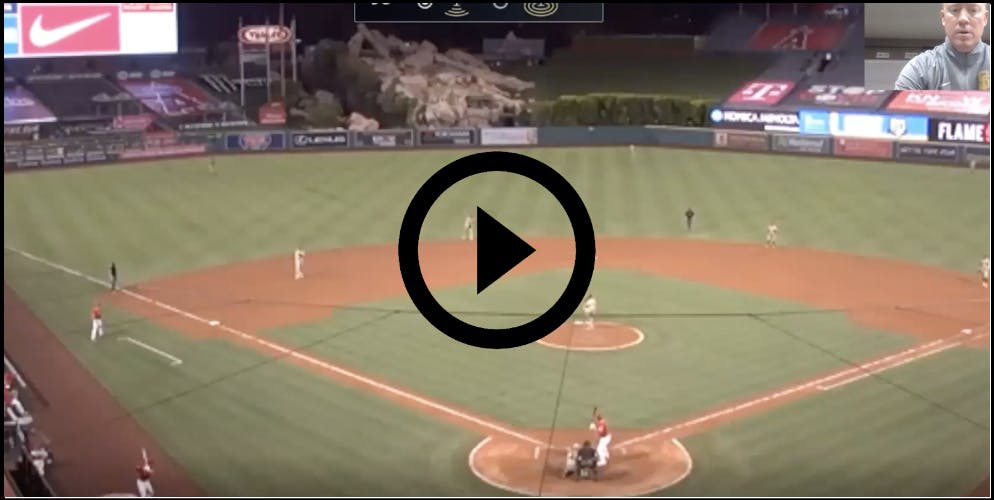
Three Tips to Make Your Baseball Team Mentally Tougher
- By Grant Young
Baseball demands a lot of mental training because it is a game of failure and adversity. Unlike sports like basketball or soccer where a player might have multiple opportunities to score in a game, in baseball, even the best hitters fail to get a hit more often than not. The most common anecdote baseball players and coaches share to illustrate this is how a hitter who gets a hit around 30% of their at-bats as a professional will likely make it to the MLB Hall of Fame.
This means that players have to deal with a lot of failure and learn to cope with it mentally. Additionally, the game can be slow-paced, with periods of inactivity followed by intense moments requiring split-second decisions. This requires players to stay focused and mentally sharp throughout the game, which can be mentally taxing.
However, teaching mental toughness in baseball can be, well, tough for these reasons:
1. Many players come from a background where physical skill and talent are often emphasized over mental resilience.
2. Some players may have never been taught how to cope with failure, pressure, or adversity, so coaches and instructors face an uphill battle of not just imparting technical skills, but also reshaping players' attitudes and mental approaches to the game.
3. Each player may respond differently to various mental training techniques, so it can be challenging to find the right approach for each individual.
While there’s no one-size-fits-all solution to cultivating mental toughness within your baseball team, a good place to start is by heeding the wisdom that successful baseball coaches have utilized. This is why we’ve pulled three tried-and-true mental toughness tips from well-respected baseball coaches that they’ve used to win the mental war that every baseball player must battle.
Winning Mindset - Daily Affirmation
Winning Mindset was developed by former nationally ranked, All-Ivy League wrestlers, Gene and Jeff Zannetti to help individuals and teams reach their full potential in sports, school, and life. Gene and Jeff have studied the best athletes, coaches, teams & experts in the world to learn the secrets of performance success. Winning Mindset coaches have worked with thousands of athletes, teams, professionals & coaches.
In their ‘Baseball Mindset: Confidence Crash Course’ course, Jeff Zannetti explains the power of baseball players using daily affirmations, which are short phrases they’re saying to themselves on a regular basis in order to talk themselves up and inspire confidence.
Coach Zannetti goes on to say that boxing icon Muhammad Ali would say, “I’m the greatest of all time!” as his daily affirmation, which instilled the belief that he’d actually become the greatest.
The important part of affirmations is that they are simple, easy to remember, personalized to whatever goals the player wants to have for themselves, and phrased as if they’re going to happen, rather than the player merely wanting them to happen. If they want to be all-conference, then their affirmations — which can be either thought or spoken aloud — should say that they’re going to be all-conference. If they want to pound the strike zone, the affirmation should be centered on them doing just that.
Another good tip for this is to have players write their affirmations down and place them somewhere that they’ll be looking at often, such as a bathroom mirror or their locker, because actually seeing the affirmation written down will keep it top of mind.
Because mental toughness relies on being confident, this tip should be a must for all baseball players, regardless of what their stats may read.
Andy McKay - The Thought Process That Really Matters
Andy McKay is currently the Assistant General Manager of the Seattle Mariners. Before that, Coach McKay is currently Director of Player Development for the Seattle Mariners. He began his coaching career in 1993 at the University of Tampa where he helped coach them to a NCAA Division II National Championship.
In his ‘Coaching the Mental Game’ course, Coach McKay discusses how baseball is played in 15-second intervals because that’s typically how much time there is between pitches. Because of this, a player should renew their mental focus and fortitude every 15 seconds when they’re on the field in order to remain on track with their goal.
He then adds that mental toughness lives within those 15-second intervals. Similar to Winning Mindset’s aforementioned point, he discusses that there’s no difference between the mind and the body because the body is always going off of what the mind is telling it.
Coach McKay noted how the phrase, “muscle memory,” is a fallacy because it implies that the body can do anything without the mind’s help.
Therefore, the mental side of the game must be practiced and honed as much as the physical side, because the two can’t thrive without the other.
Pete Meyer - Control The Controllables
Pete Meyer is the Head Coach of the men's Baseball Team at Lisle High School in Illinois. In his ‘The Mental Game - Part 1 with Paul Babcock & Pete Meyer’, Coach Meyer and Coach Babcock discuss how they believe the three most important words in baseball are “control the uncontrollables”.
There are so many aspects to a baseball game that are out of a player’s control. Whether it’s the weather, the opposing pitcher, the score, the umpire, the crowd, or innumerable other factors, none of them are something a player can control in the moment — and all can take the players’ focus away from the task at hand.
Getting
your team to understand this — and keeping them accountable to it by
calling them out when complain about an uncontrollable — will build a resilient, focused, and mentally tough baseball team from the top down.

